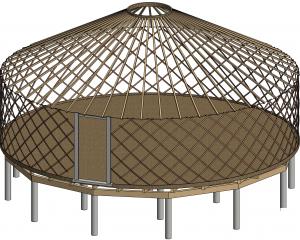The Lakes District and Central Otago News reported last Thursday the level of the lake was half a metre from its minimum operating level of 338m following a dry winter, which had prompted residents and the Guardians of Lake Hawea group to keep a "watching brief" on the situation.
Otago Regional Council (ORC) water data shows the lake level has been steadily dropping since April.
Contact generation manager Graham Quinn confirmed the lake had dropped as low as 338.49m last week. However, following rain at the weekend, the level had increased. More rain was expected this weekend. ORC data showed the level had risen to 338.89m yesterday afternoon.
"I think most people accept that it's a hydro storage lake and it goes up and down and especially in a dry year it's always going to get pretty low," Mr Quinn said.
Contact's resource consent enables it to lower the lake further, to 336m, if Transpower's hydro-electric shortage "Riskmeter" levels reach the 4% "Alert" stage, which is worked out on the history of the lakes' hydrology.
"We haven't been down there for decades and don't intend to," Mr Quinn said.
The lake was lowered to 327m in the mid-1970s, before minimum operating levels were introduced, which caused severe dust storms and erosion.
Transpower data shows while the total New Zealand storage is below average for this time of year, the risk of a shortage in the next two months is assessed as less than 1%.
"Mother Nature can do some quirky things at times ... [but] it's highly unlikely that we'd need to go down into that low level if the normal pattern of hydrology occurs which is spring rains and snow melt starting about now", Mr Quinn said.
Work on a kayak park in the Hawea River starting next month also provided some comfort, as a very low outflow of water would be required from the lake during the eight to 10-week construction period, Mr Quinn said.
Meanwhile, extraction of about 1600cu m of gravel began on the face of the Hawea dam this week in response to longshore drift, Mr Quinn said.
"[There's] gravel that's slowly migrating along the lakefront towards the intake of the dam ...every so often we remove some to reduce the loading on that wall."
The gravel took "many years" to build up and the last extraction was carried out about eight years ago.











